Search

Tips for Purchasing and Preparing Turkey, Ham and Prime Rib
From turkey to prime rib, let’s look at some things to consider before you sink your teeth into your next holiday meal.

Production and Utilization of Field Peas, Lentils and Chickpeas in South Dakota
Dry field peas and lentils are high in protein and fiber, have a low glycemic index, are easy to prepare, store well, and are low in cost. Even better they can be produced economically and sustainably in South Dakota as part of diverse no-till crop production systems.
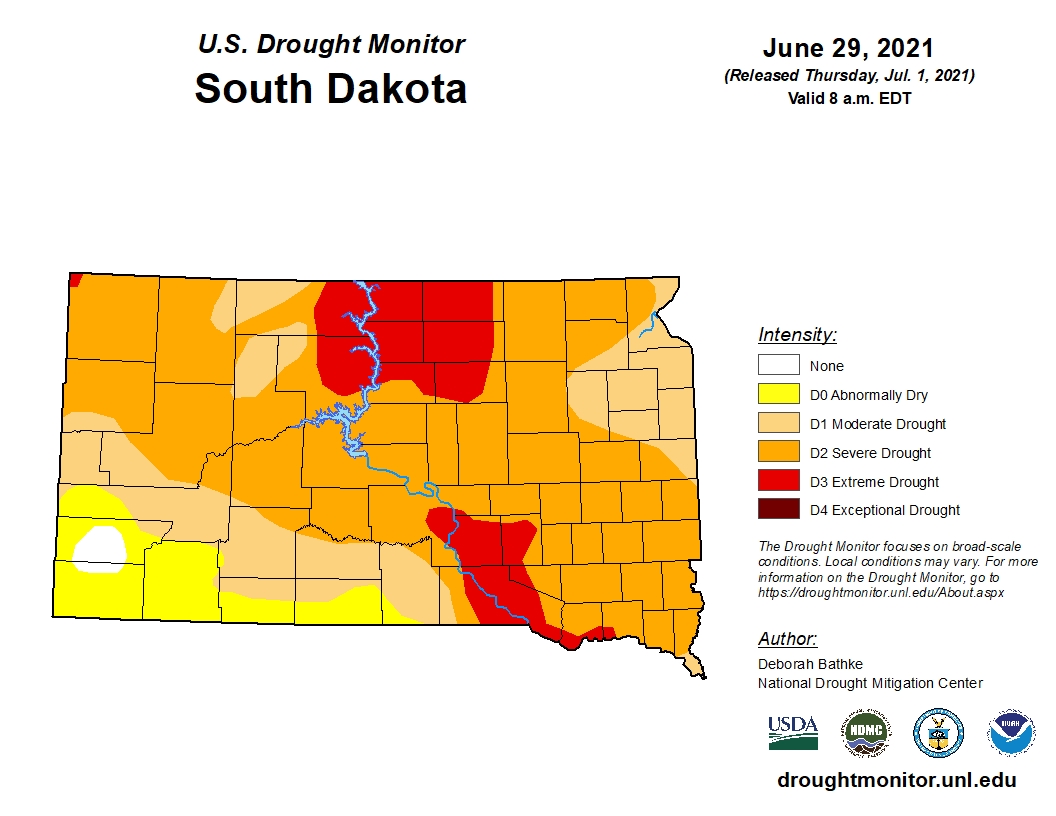
July Drought Hours to Address Livestock Nutrition, Crop Quality Concerns
July 15, 2021
More South Dakota acres are now in an extreme drought condition as lack of moisture and high temperatures continue to impact much of the state.
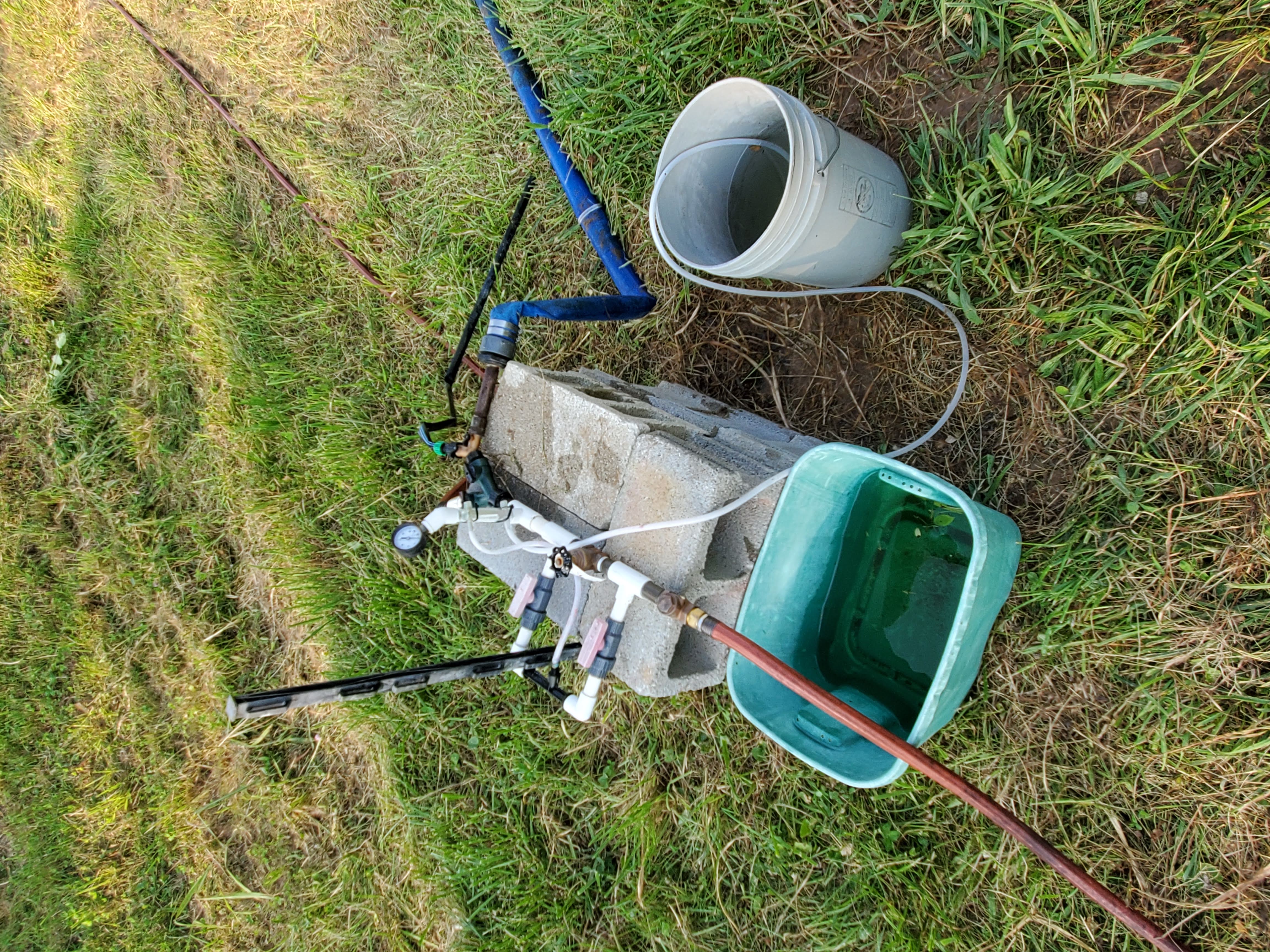
Subsurface Drip Irrigation: Increased Efficiency for Irrigation and Nutrient Delivery
Subsurface drip irrigation maintenance, lifespan, and cost, the variables that can impact subsurface drip irrigation design.

Constructed Wetlands: Engineering Nature’s Filter
How do constructed wetlands emulate the natural process of a wetland? In what ways do the different designs of a constructed wetland have to meet the needs of the area?
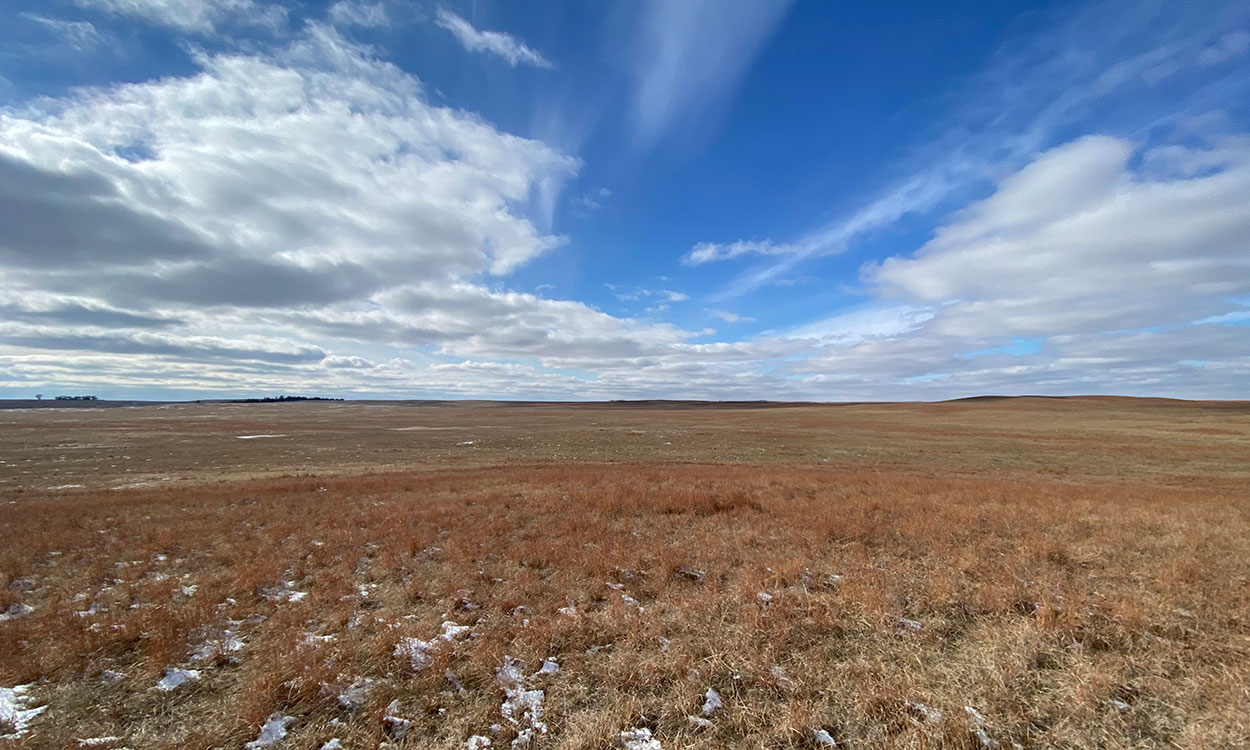
Climate Resilience Toolkit for the Northern Plains Region
In September 2021, the U.S. Climate Resilience Toolkit announced the publication of a new Northern Great Plains Region section. The new section can help producers recognize climate hazards, assess vulnerabilities and confront risks.

Forage Resources for South Dakota Farmers and Ranchers
Producers often have difficulties locating fellow producers to buy, sell or rent forages and grazing acres too. South Dakota now has two widely recognized, free resources to aid in these connections.
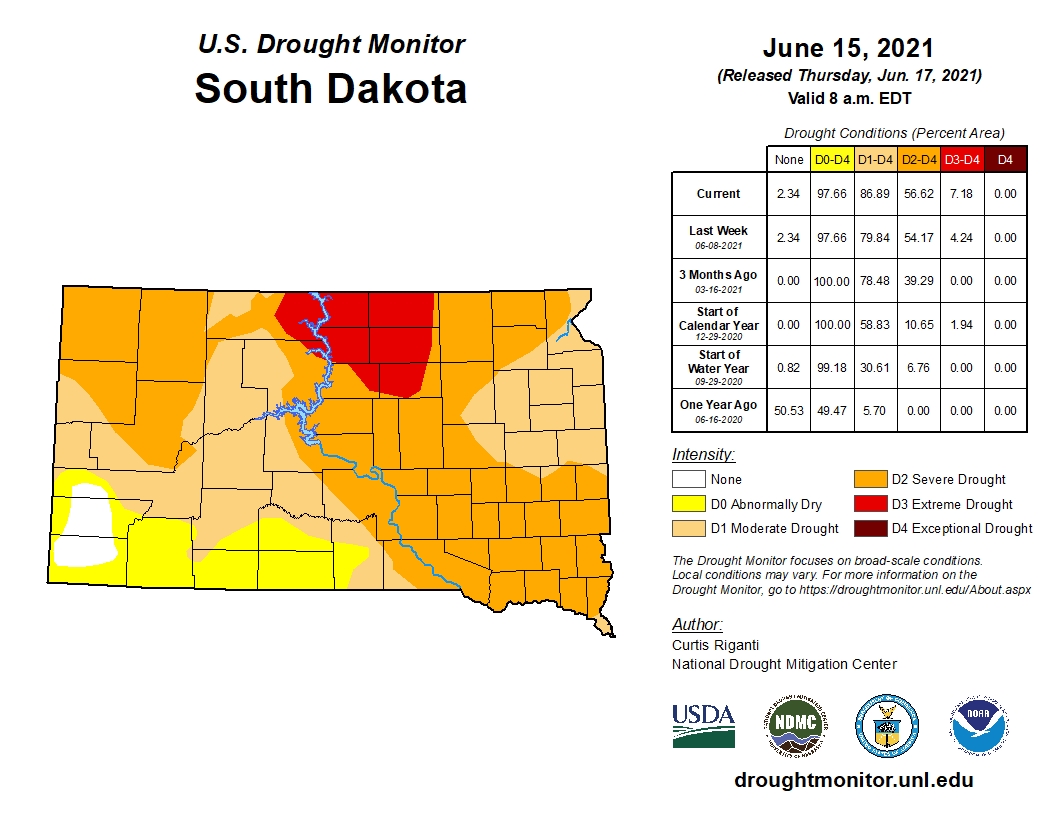
Next SDSU Extension Drought Hour Set for June 28
June 17, 2021
Nearly 90% of South Dakota is now in some level of drought. According to the latest U.S. Drought Monitor, 56% of the state is in the Severe Drought (D2) and Extreme Drought (D3) classifications.
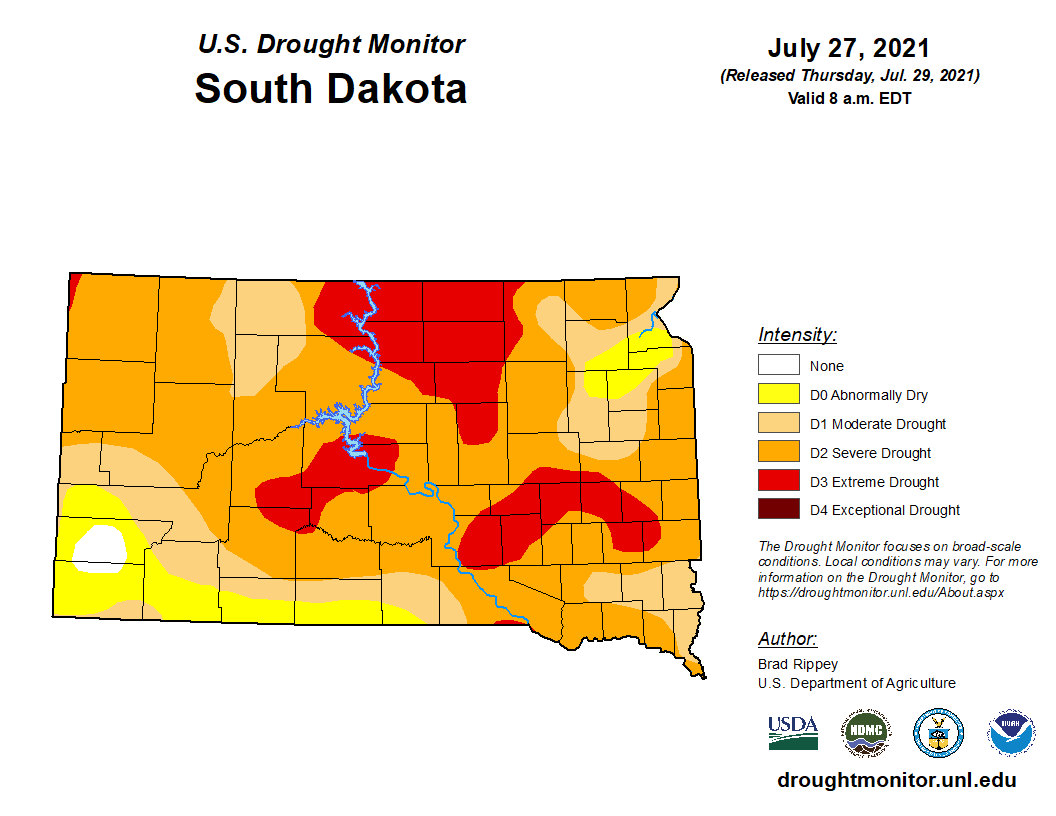
Controlling Grasshoppers, Salvaging Drought Corn Kick Off August Drought Hours
August 04, 2021
According to the latest U.S. Drought Monitor, nearly 18% of the state is in Extreme Drought (D3), while another 70% follows as Severe Drought (D2).
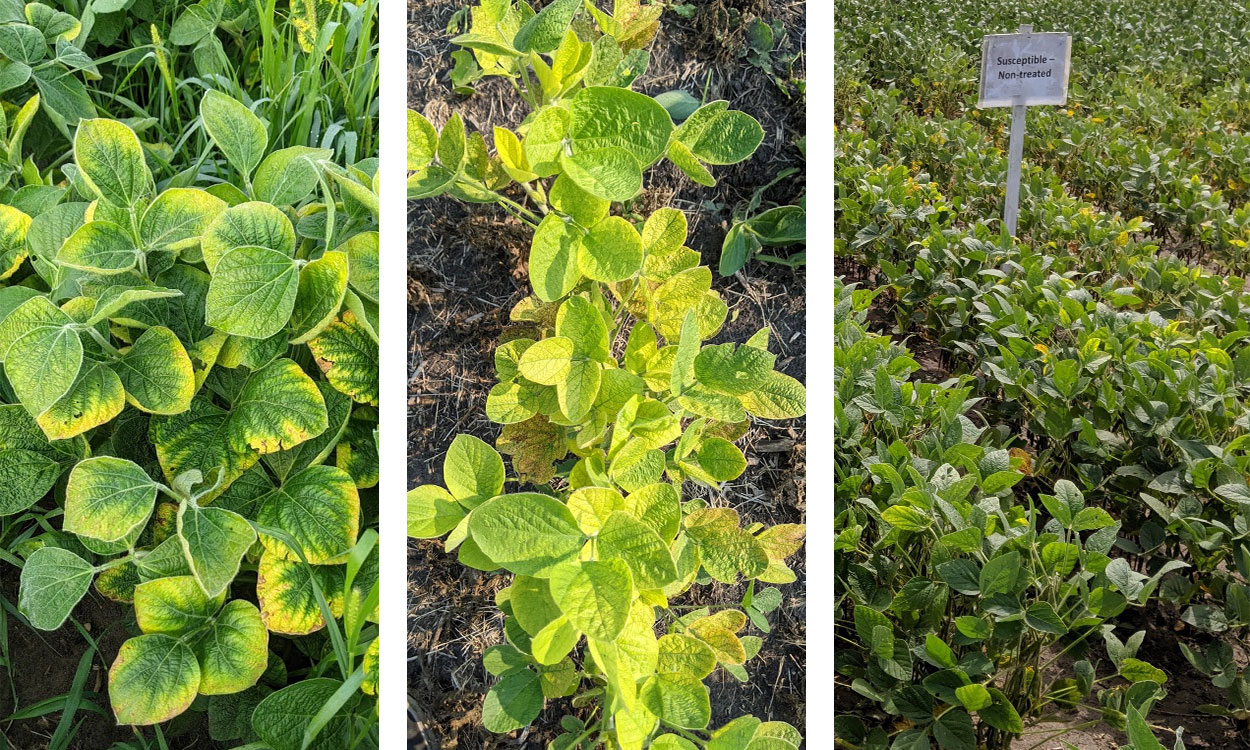
What Is Causing Soybeans to Yellow at This Time?
Recently scouted soybean fields were observed with yellowing plants, and one field was found to have plants dying prematurely. Learn some of the factors that may cause soybean plants to yellow at this time in the growing season.